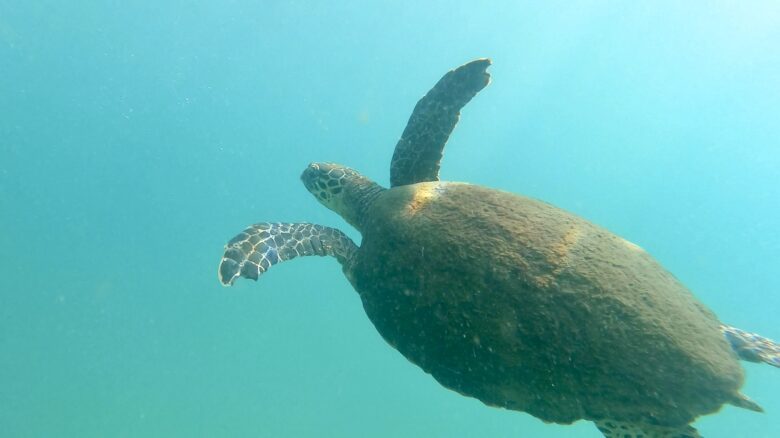Costa Rica is globally recognized for its lush rainforests, stunning biodiversity, and eco-conscious tourism — but what many don’t realize is that this small Central American paradise also offers world-class whale watching. Along its Pacific coast, Costa Rica becomes a seasonal home to humpback whales, among other majestic marine creatures. And if you’re looking for a less crowded, more intimate whale watching experience, the tranquil coastal village of Tambor might just be the hidden gem you’re seeking.
Why Costa Rica is a Whale Watching Hotspot?
Costa Rica has a unique distinction in the world of whale watching: it is one of the few places where you can see humpback whales from both the Northern and Southern Hemispheres. This is because different populations migrate to Costa Rican waters at different times of the year to mate and give birth.
Northern Hemisphere whales typically arrive between December and April.
Southern Hemisphere whales visit from July to November.
This extended window makes Costa Rica one of the best places in the world for consistent whale sightings.
These magnificent creatures are not alone in the waters. While on a whale watching tour, you’re also likely to spot dolphins, sea turtles, manta rays, and even the occasional orca. The Pacific coast, in particular, is teeming with life, and Costa Rica’s strong commitment to conservation ensures that much of this habitat remains protected and thriving.
Where is Tambor?
Tambor is a small town nestled on the Nicoya Peninsula, in the Puntarenas Province. It sits along the scenic Bahía Ballena (Whale Bay) — an appropriately named and serene stretch of coastline with calm waters and sweeping views.
While many tourists flock to better-known whale watching hubs like Marino Ballena National Park or Drake Bay, Tambor offers a quieter, more authentic experience. It’s perfect for travelers who want to avoid crowds, embrace nature, and enjoy a slower pace of life.
What Makes Tambor Special?
Tambor’s bay is protected and relatively shallow, which creates ideal conditions for mother whales and their calves. The calm waters allow for easy viewing from boats, and even from the shore on a good day. Since the bay opens into the Pacific Ocean, it also serves as a corridor for migrating whales moving up and down the coast.
Tambor’s location offers a unique balance: it’s remote enough to avoid mass tourism, but still accessible by car, ferry, or a quick domestic flight to the Tambor Airport.
Best Times to Visit For Whale Watching
If you’re aiming to see humpbacks, plan your trip between July and November. This is when the Southern Hemisphere whales arrive to breed and give birth in Costa Rica’s warm Pacific waters. The peak months are usually August through October.
The weather in Tambor during this time is typically warm and humid, with sporadic rains — but don’t let the “green season” (Costa Rica’s term for the rainy season) deter you. Rain showers are often brief and refreshing, and the lush landscapes during this time are simply breathtaking.
Whale Watching Tours
These tours often include:
- Guided commentary about marine life and conservation
- Opportunities to see dolphins, sea turtles, and seabirds
- Occasional snorkeling stops near coral reefs or volcanic rock formations
- Refreshments and light snacks
Playa Los Vivos Beachfront Experience is the perfect choice for Whale watching in Costa Rica is more than a bucket-list experience — it’s a soul-stirring journey into one of nature’s greatest spectacles. And in the tranquil bay of Tambor, this journey becomes even more personal. Without the crowds, the noise, and the commercialization of more touristy spots, Tambor invites you to slow down, tune in, and marvel at the grandeur of the sea.
Whether you’re a seasoned traveler, an eco-tourist, or a first-time visitor to Costa Rica, consider adding Tambor to your itinerary. You may arrive looking for whales — but you’ll leave with so much more: serenity, inspiration, and a deep appreciation for the wild, beautiful rhythms of the Pacific.


